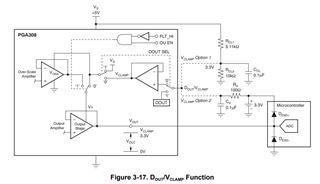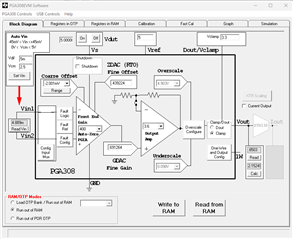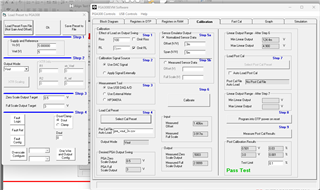Other Parts Discussed in Thread: ADS1235, INA821, INA118, PGA855, PGA849, PGA308, PGA308EVM
Tool/software:
Hello,
I'm looking for the signal conditioning circuit for the force sensor (Wheatstone bridge) with following characteristics:
- Rated Output (RO) 0.5 mV/V nom
- Excitation (VDC or VAC) 5 V max
- Bridge Resistance 1000 Ohm nom
PGA302 seems really nice and compact but the gain and the excitation voltage are too low. For excitation voltage of 5VDC I would have +/-2.5mV at the output of the sensor. Can you recommend some other part number that would work for my requirements?
Thanks!
Milos




